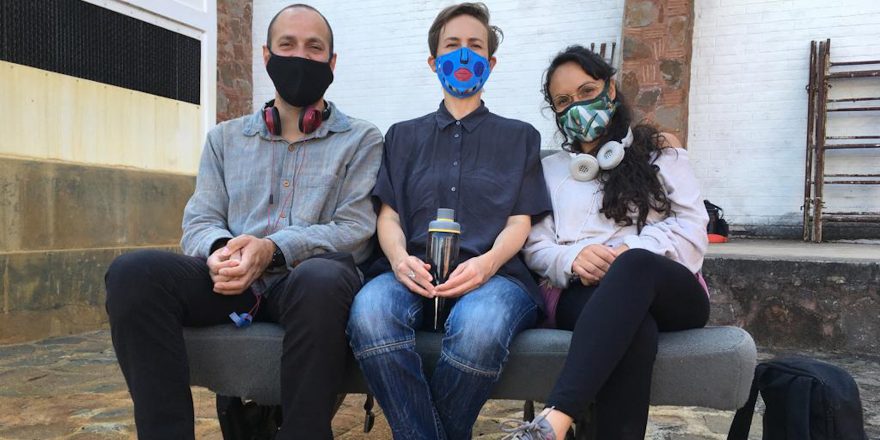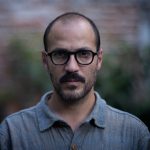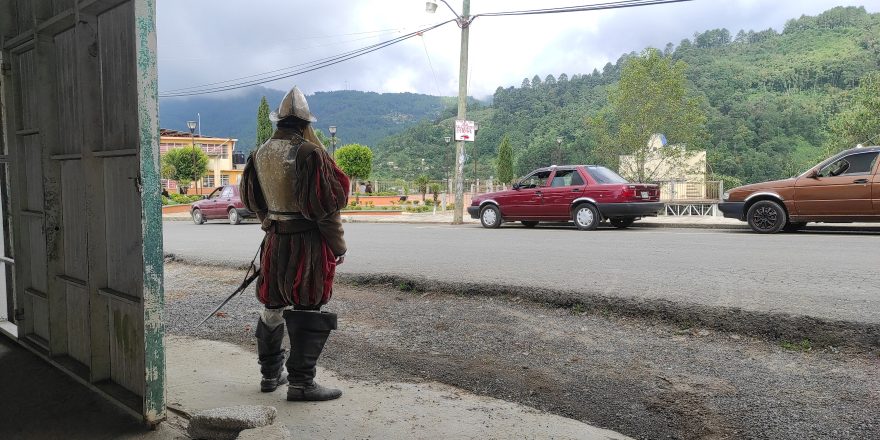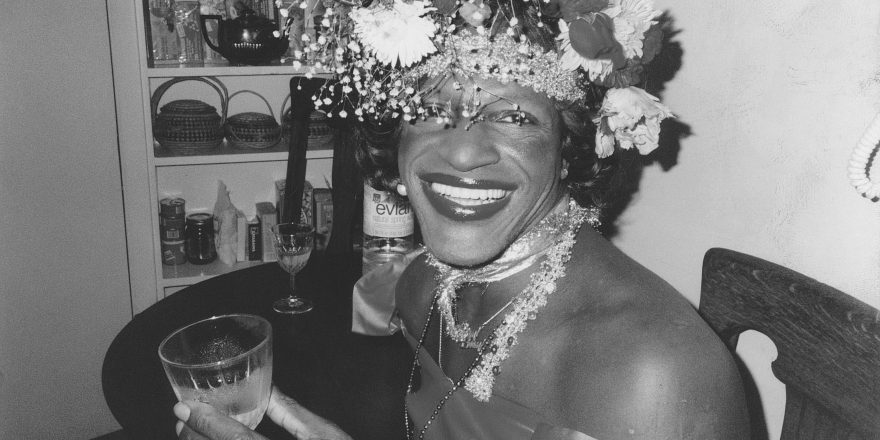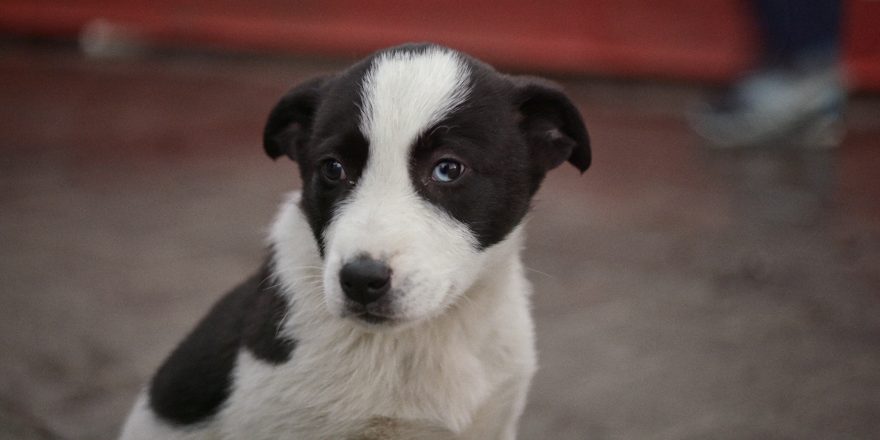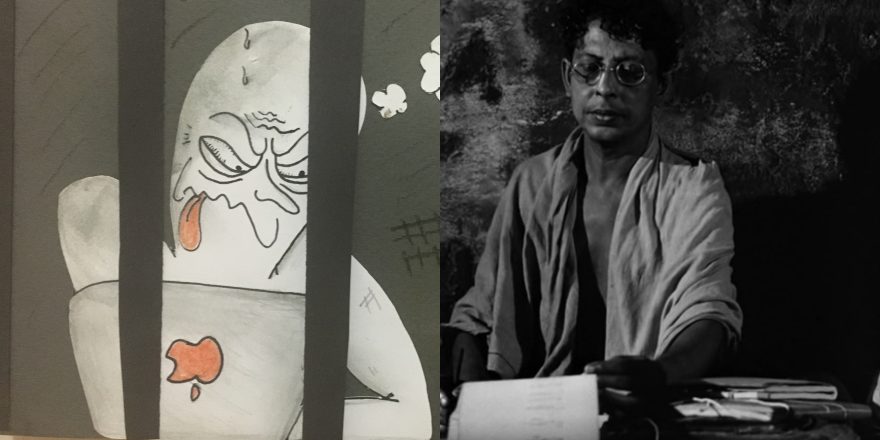This is a difficult essay for me to write, intimidating even. First, I’m not used to writing about my work, much less in English. Second, this essay is – or should be – about the process of writing Dos estaciones, my most recent and most personal film. Finally, writing has never come easy for me and I guess that’s why I feel like Dos estaciones wasn’t really written, in the strict sense of the word, by me and my co-writers, Ana Isabel Fernández and Ilana Coleman.
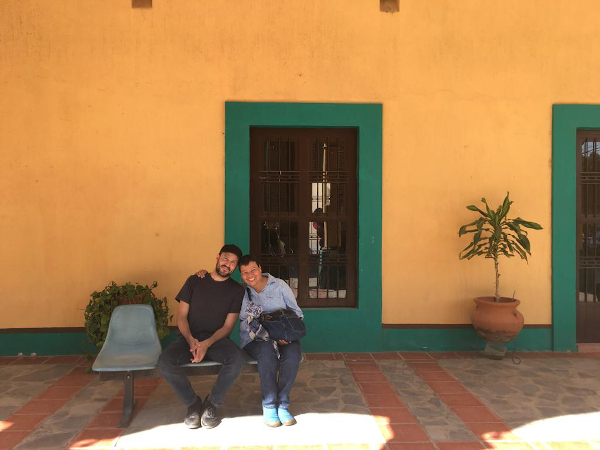
As I mentioned, Dos estaciones is very personal. It touches upon situations that my family has gone through and, like my previous films, was made in Atotonilco, Mexico, the town where I grew up and where most of my father’s family is from, including his father, grandparents, great grandparents, and so on. I use the word “made” intentionally. Usually, when filmmakers refer to a film being made in a specific place, they tend to say their film was “shot” or “filmed” somewhere. However, I feel that Dos estaciones was a film that was made, crafted even: it took years to write the script and figure out the characters and the shooting happened in multiple iterations throughout the writing process. We actually had to postpone our sound mixing and color grading twice because we understood that we needed more time in the editing room. (We found out that when you make a film using a co-production model with Europe – at least with France – you schedule the last stages of post-production months in advance. So, when you work more fluidly, like we did, you run the risk of not being done with your editing when you are supposed to move on to other parts of the process.)
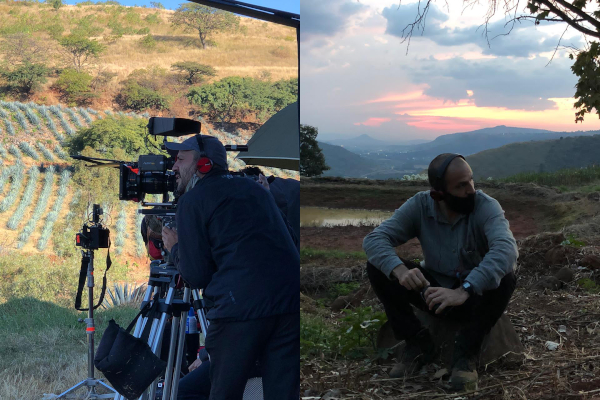
Dos estaciones follows María García in the fight to save her tequila factory. Inundated with debts and on the brink of losing her entire agave planation because of a plague, María tries to resist apparently inevitable failure by any means possible. She hires Rafaela, a young administrator who both clearly challenges and fascinates María. She also occasionally gets haircuts from Tatín, another central character in Dos estaciones. These encounters with Tatín reveal, among other things, María’s inability to develop non-transactional relationships. I first thought about making a film with a character like María around 2013, but couldn’t start writing it until 2017. Perhaps because María’s character was too similar to certain people in my family or others I’d met in my hometown throughout the years. Also, up to this point my work had been focused on documentary and non-fiction, but I knew that if I wanted to make this film, it needed to be scripted. I wanted to be able to shape María’s character and, among other things, try as much as possible to strip it from the stereotypes of a provincial business owner.
I was very interested in a character that had been born in my hometown (Atotonilco el Alto) during the 1950s or ’60s, because that was the generation that lived through the so-called “tequila boom.” They were mostly people from small towns who went from being small- or mid-size business owners to suddenly becoming players in the global economy. The collision of those two worlds amazed me, especially being from one of them and realizing how incredibly different and opposing they were. When I finally decided to begin writing, I knew I couldn’t think of this film on my own – the world of the film felt too close to me, plus I’ve always considered myself a bad writer. There was also the issue that I didn’t really know how to make a scripted film. I had done some smaller fiction works during my graduate studies, but I never really felt that the creative processes I had learned at school worked for me. However, it was when I began making non-fiction work that I was able to develop a production method that felt right for me, and that I thought I could translate into any type of film.
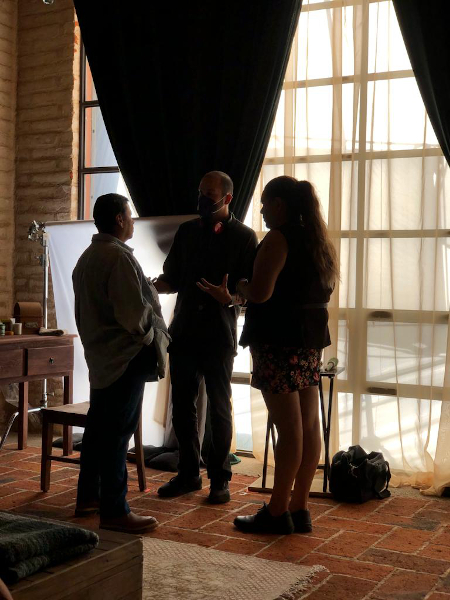
So, in 2017, when I started talking about the film with the people who would become my collaborators, we discussed a process that could be fluid and could allow us to shoot, write, shoot, rewrite, again and again. This, of course, on a technical and material level, meant that we needed a very small crew with multiple technical skills. The result of this was that we never felt that our writing had to be perfect at any stage of the process. It was always OK to write “bad” scenes, because we knew we could rehearse them or shoot them — and if they didn’t work, we could rewrite them and try once more. No one needed to be infallible. No one needed to feel like they were an expert, a “professional” in anything. And it was the same for the actual filmmaking of it: it was as if screenwriting, image making and editing were all interwoven phases of the crafting of something we called a film. “The film as it makes itself,” Raúl Ruiz wrote in his essay titled “Structure and Construction.” That’s how it felt throughout these years.
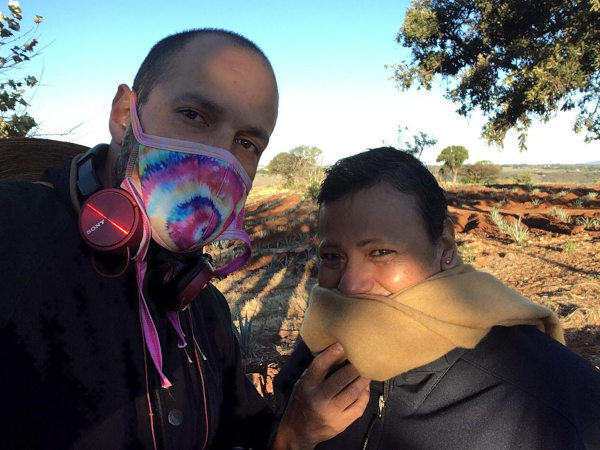
We wrote the film in both of my hometowns at the time: Los Altos de Jalisco and Los Angeles. Writing along with Ilana and Isabel, sharing ideas with friends, being surrounded by family – they were really involved in helping us think through the character and, of course, the technical and historical aspects of tequila production – and deciding to take this fluid and highly collaborative approach to the filming of my first scripted film allowed me to reflect deeply on my own self. When I was growing up, and especially when I was thinking about becoming an artist, I thought – or maybe was made to believe – that I had to reject where I’d come from. I always felt too provincial, ashamed of having grown up in a rural area of my country with no “real” artistic tradition. For anyone who lives in Mexico and grows up outside of Mexico City, it is obvious how centralist the country is, and how its political, historical and ideological constructs perpetuate a sense of superiority around anything emanating from the capital city. Similarly, how other regions are folklorized and exoticized by the media, artists, politicians and regular people alike. We all have a friend or have met someone from Mexico City who laughs at our accent, the words we use, our food, etc. We also, of course, know those who do not have those biases and actually fight hard against them. I’m digressing. What I want to say is that I believe the making of Dos estaciones showed me how much what is near you matters. And that what is close to you perhaps matters more than what you deem superior.
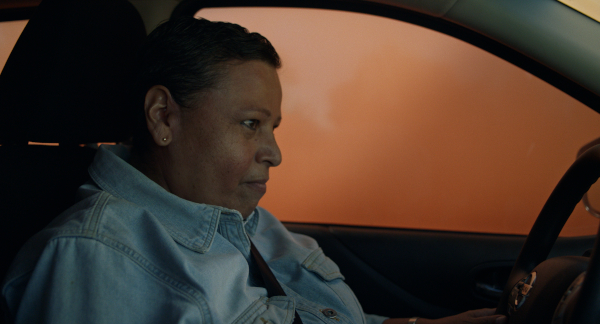
Ultimately, I think a lot about Maya Deren’s revelatory text “Amateur vs Professional.” Such a simple, but at the same time profoundly provocative title to an essay that in very few words brilliantly emphasizes the absurdity of this distinction. I felt like an amateur in every step of the making (writing, filming, editing) of Dos estaciones, and my invitation to everyone who collaborated on that film was to feel the same way and be happy about it.
Featured image shows Juan Pablo González with co-writers Ana Isabel Fernández and Ilana Coleman, during the making of Dos estaciones. All images courtesy Juan Pablo González.


